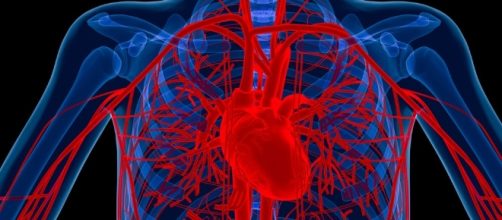Researchers at the University of California San Diego have created a 3D Printed a life-like blood vessel network that functioned successfully on real rats. This could be the first effective step in creating whole functional organs in the future. Their work was published in Biomaterials under the title ''Direct 3D bioprinting of prevascularized tissue constructs with complex microarchitecture.''
Creating organs
One of the goals of science and technology is to make artificial organs that could replace missing or dysfunctional biological organs, 3D printing is a good path to reach such a goal since it allows scientists to create any desired structure in mind with good precision.
Now, bioengineers have used 3D printing to create artificial vessels. vessels are these networks that are spread throughout the body carrying blood and nutrients; they are an essential part of any biological organ. Creating such artificial vessels could solve a lot of health issues especially for old people.
"Almost all tissues and organs need Blood Vessels to survive and work properly. This is a big bottleneck in making organ transplants, which are in high demand but in short supply," said one of the researchers.
3D printing
Several researchers have used 3D printing to create artificial vessels, but their techniques were expensive and slow. In addition, what they produce is only a single vessel that couldn't be added successfully into a biological body.
The group of researchers of the university of California were successful in creating a network of vessels that could be integrated with the natural networks of the body. These 3D printed vessels are very similar to the natural vessels that exist in real organs.
The team developed a novel bioprinting technique using homemade 3D printers, their technique is capable of creating microstructures with good precision. the researchers used this same technique before to create an artificial liver tissue. The technique created by the researchers, mainly developed by inexpensive materials, can 3D print a detailed structure in a matter of seconds, unlike other methods used by other researchers that take hours to 3D print even very simple structures.
The researchers are also planning to use stem cells in the future to create safer artificial organs.

